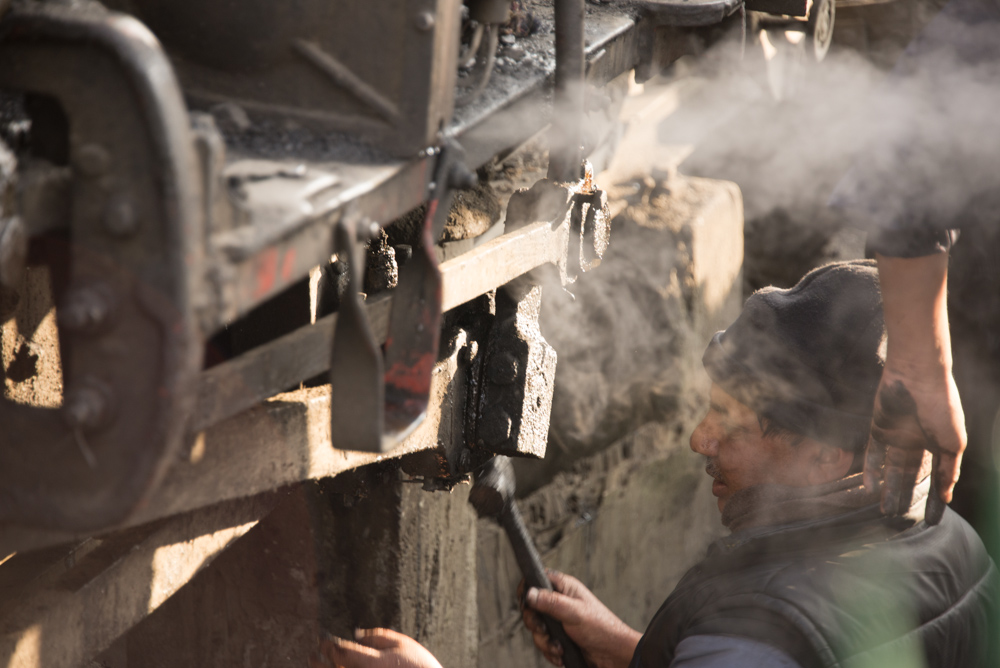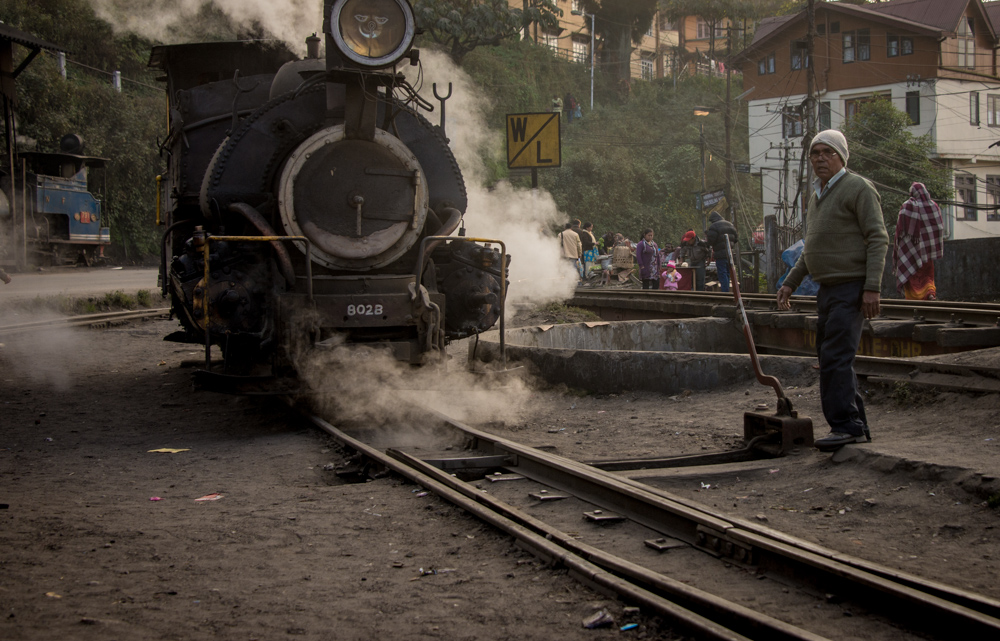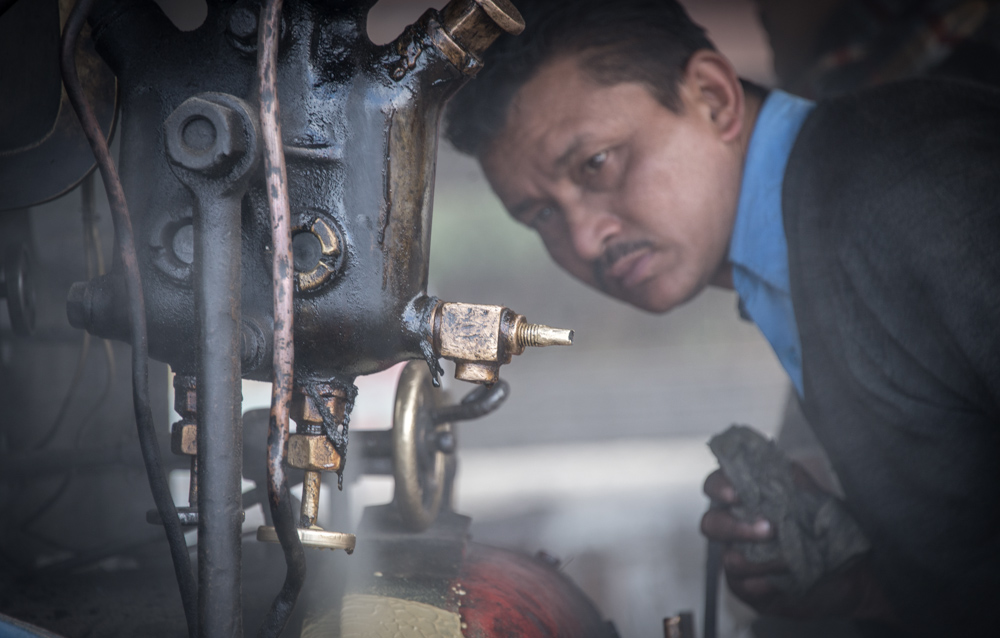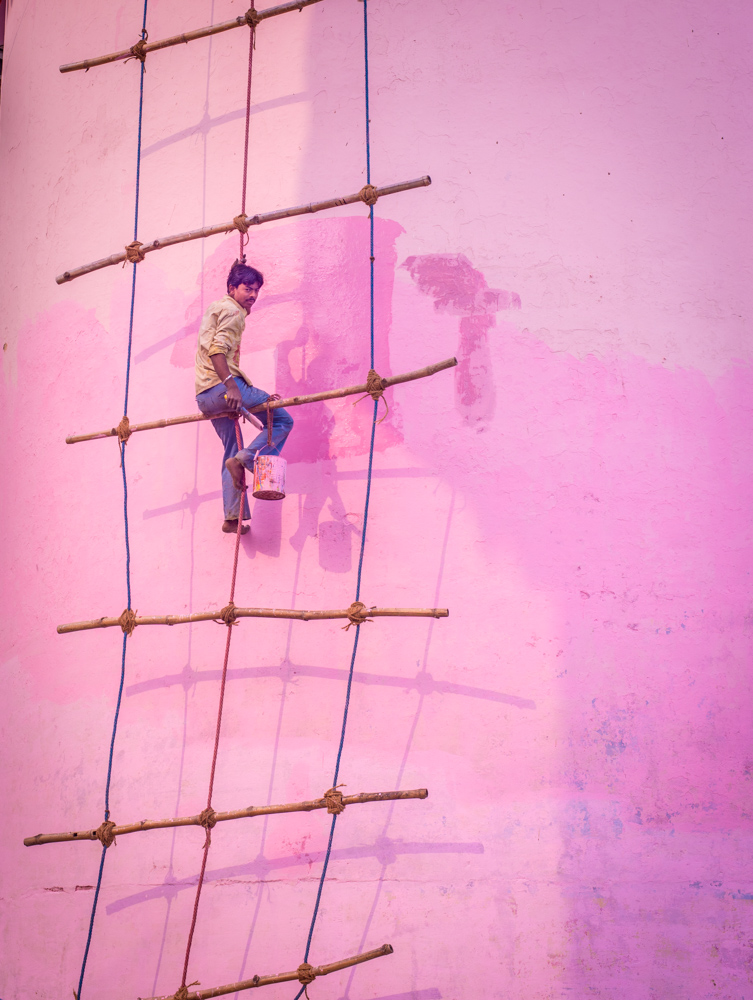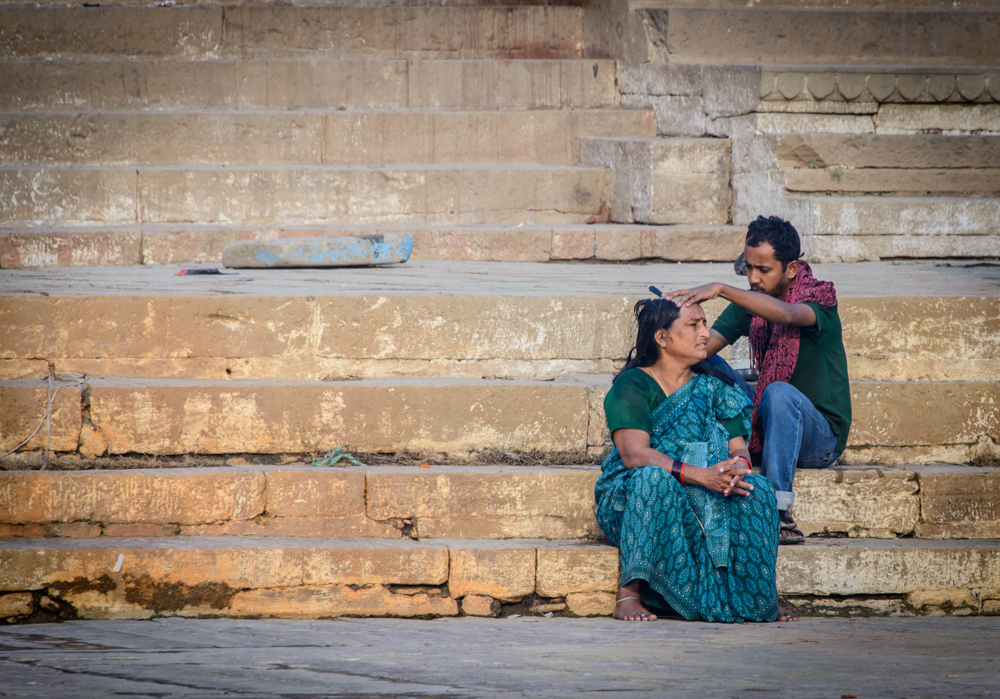Torres Del Paine, National Park must be Eden on earth for landscape photography. I first went here in 2009 and was captivated by the whole region.
Many people are confused about 'what is Patagonia?' It's a vast area of wilderness land mostly in Argentina but also in Chile. Actually, the Chile parts of Patagonia are some of the most stunning, mostly because of the mountainous influence on the landscape. This is the tail of end of the Andes and the infamous granite massifs, that are so iconic. Patagonia was a favourite of Galen Rowel (whose work inspired me to go there) and many others have lost themselves in the natural beauty.
It's incredible watching the morning light bathe the sides of the mountain in soft coloured light, which causes the granite to glow golds and yellows. Lots of places have gorgeous light but it is different here.
Patagonia is also the destination of one of our Creative Trails trips, which you can find out more about here.. Come along in November if you fancy sampling it for yourself.










